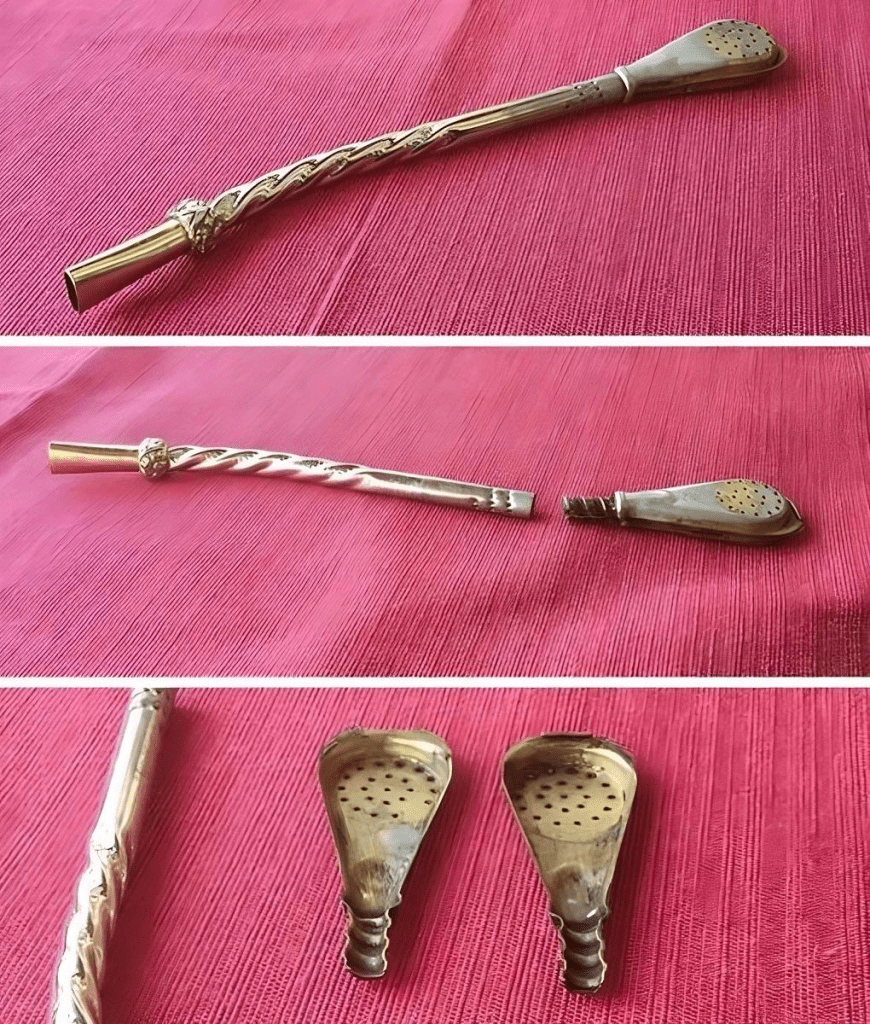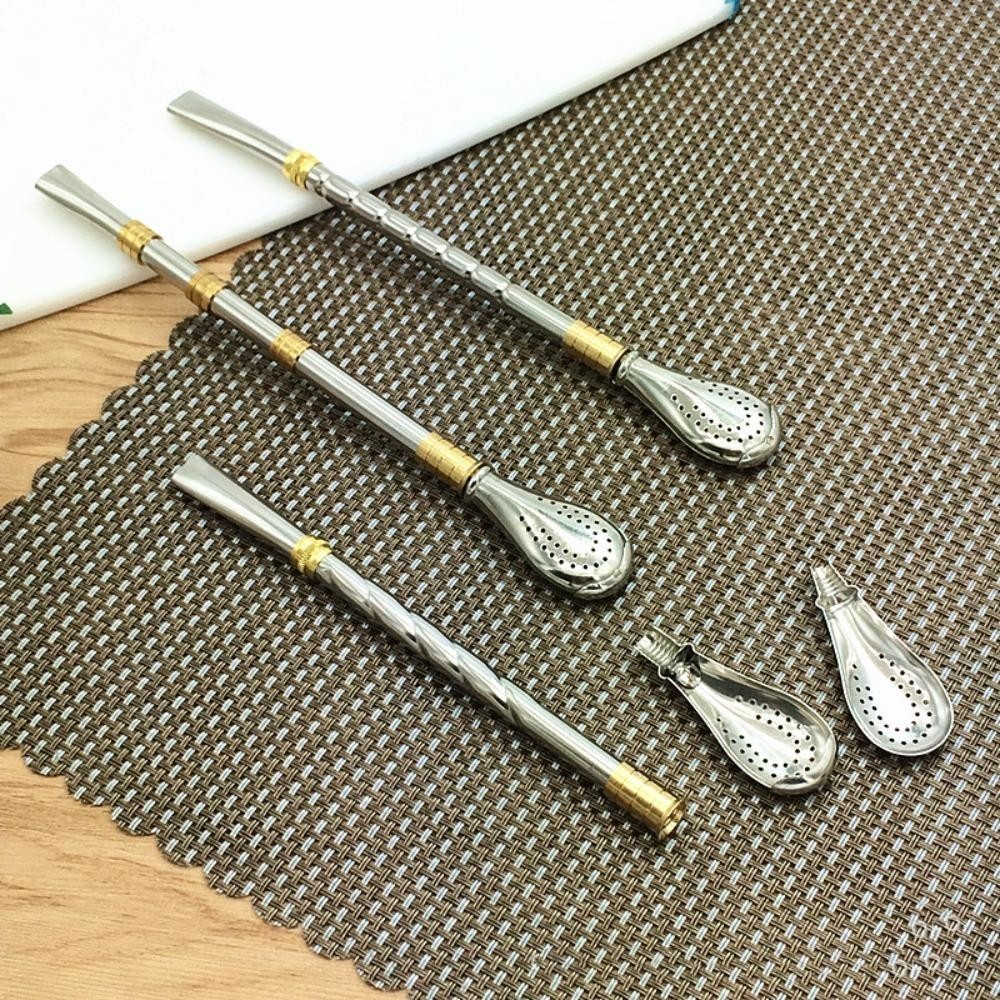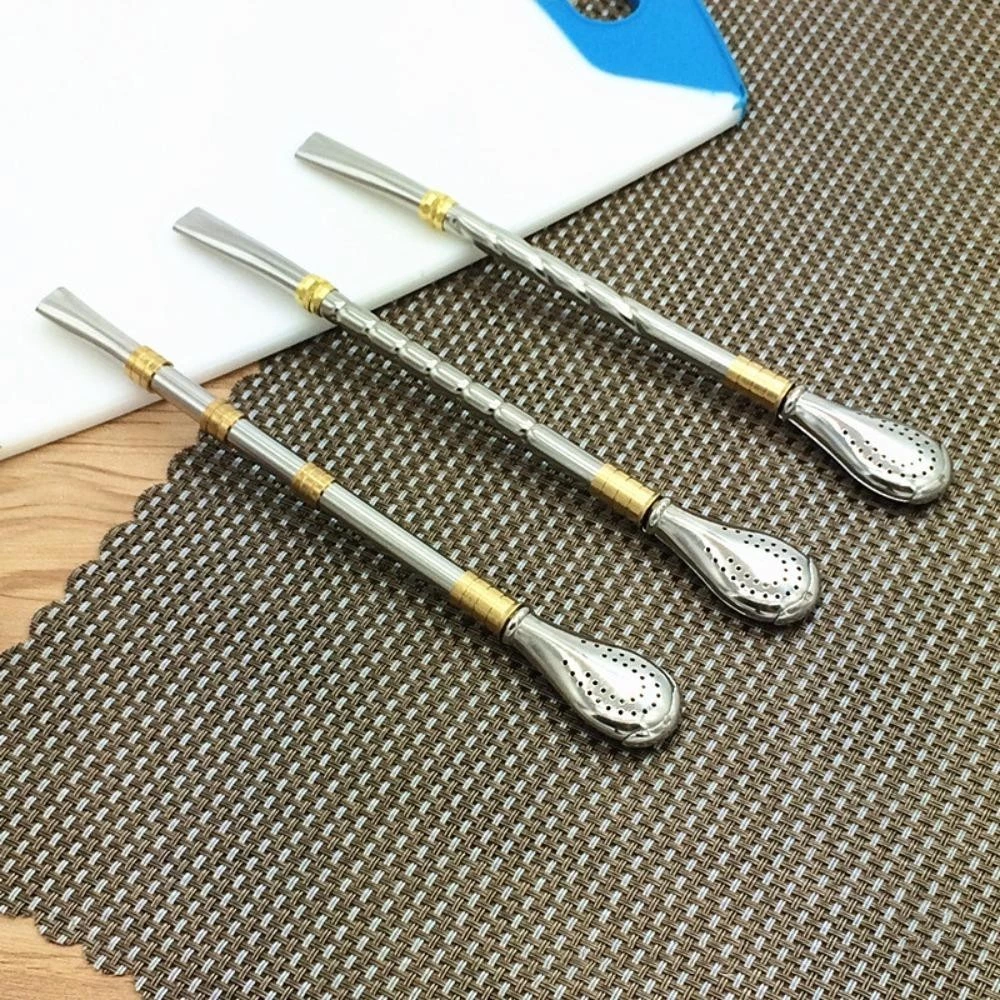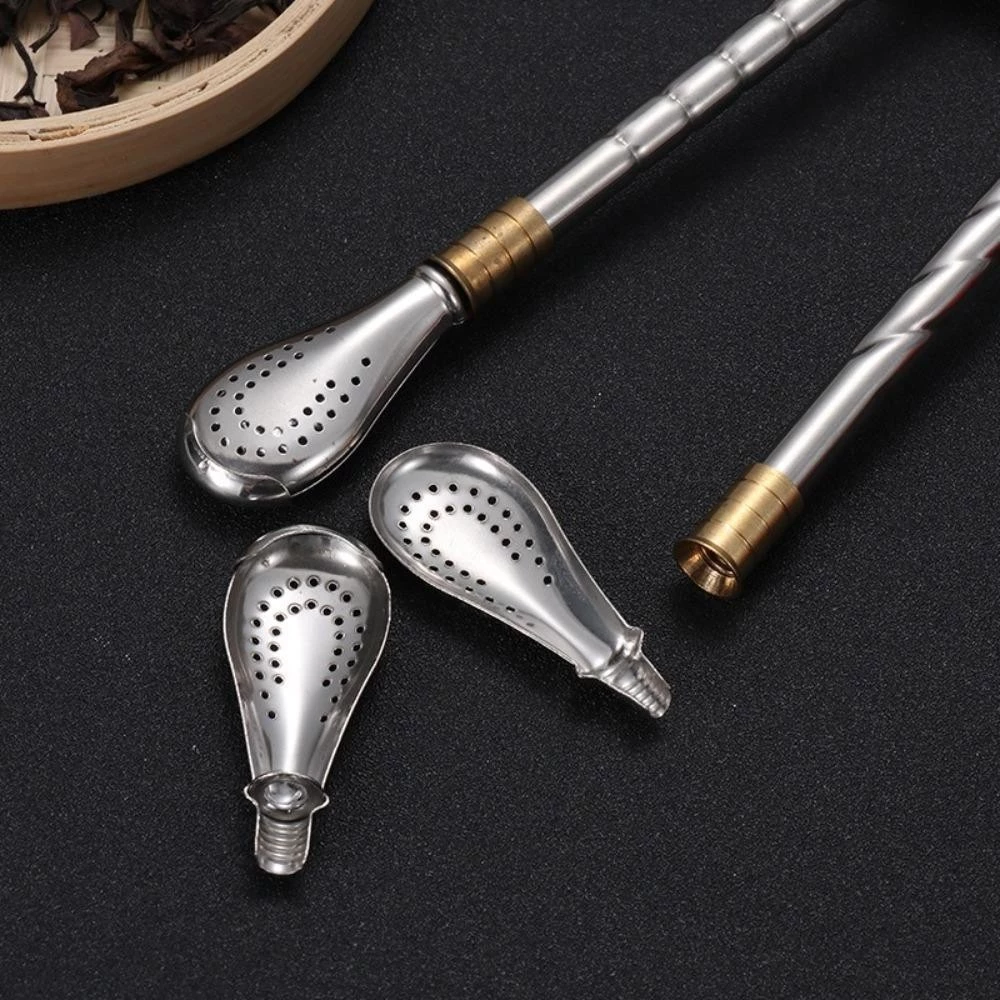The bombilla, also known as bomba in Portuguese or massasa in Arabic, is a specialized drinking straw used for consuming the traditional South American beverage known as mate. This iconic tool, with its perforated end acting as a filter, is essential to the mate-drinking ritual. The bombilla not only allows you to enjoy the mate infusion without ingesting the leaves, stems, and debris, but it also represents a cultural symbol deeply rooted in the traditions of several regions.
The Origin and Purpose of the Bombilla

A bombilla is much more than just a straw—it’s an essential part of enjoying mate, a herbal tea-like beverage traditionally consumed in countries like Argentina, Uruguay, Paraguay, and Brazil. The mate leaves are steeped in hot water within a hollowed gourd (or other containers), and the bombilla is used to sip the liquid without the solid particles of the plant making their way into the drinker’s mouth.
Historically, the bombilla was designed as a filter to separate the mate leaves from the infusion. The lower end of the bombilla is perforated, similar to the metal screens in teapots. As mate tea is consumed through this straw, the tiny holes in the bombilla prevent the solid mate debris from entering the mouth while allowing the flavorful liquid to pass through.
Materials Used in Bombilla Construction
Over the years, bombillas have been crafted from a variety of materials, ranging from precious metals to more affordable and accessible materials, each impacting the drinker’s experience in different ways.
1. Traditional Metal Bombillas
Traditionally, bombillas were made from metal alloys, particularly those like alpaca silver or German silver. Alpaca silver is an alloy of copper and nickel, which is known for its durability and resistance to corrosion. The bombillas made from these metals were highly prized for their strength and longevity, often passed down through generations.
Another commonly used material was 800 silver, where the bombilla was crafted with 80% pure silver, typically reserved for the filter and stem, with some designs incorporating gold-plated heads for added luxury. These silver bombillas were considered a status symbol and were primarily used by the wealthier classes. Their higher thermal conductivity meant that while they gave a luxurious feel, they also heated up quickly, requiring caution when drinking hot mate.
2. Stainless Steel Bombillas
In recent times, bombillas made from stainless steel have gained immense popularity. Stainless steel is a modern alternative that offers durability, easy cleaning, and resistance to corrosion. It doesn’t tarnish like silver, making it a more practical choice for everyday use. This change in material represents the shift towards more accessible and convenient options in today’s mate-drinking culture.
Stainless steel bombillas are favored for their ability to stay cool, even when used with hot liquids, ensuring that the mate drinking experience remains comfortable.
3. Low-End Bombillas Made from Cane
For those of lesser means or for those who prefer a more rustic experience, bombillas can also be made from hollow-stemmed cane or bamboo. These versions of the bombilla are much less durable but retain a certain cultural authenticity. Cane bombillas offer a more organic and earthy way to consume mate, although they may lack the durability and effectiveness of their metal counterparts.
The Cultural Significance of Bombillas

The material from which a bombilla is made often symbolizes social status. In the past, silver bombillas were typically used by the wealthy, while straw or cane versions were reserved for those of lower socioeconomic status. This distinction speaks to the larger cultural importance of mate, not just as a drink, but as a social activity embedded with ritual and meaning.
Mate itself is often shared among friends and family, with the bombilla passing from person to person. The act of sharing mate through a communal bombilla has become symbolic of trust, friendship, and hospitality.
The Evolution of Bombilla Design
Although the core function of the bombilla has remained unchanged, the design and style of the bombilla have evolved over time to incorporate modern sensibilities.
Older designs featured intricate craftsmanship, with elaborate engravings and details that made each bombilla unique. Many bombillas were custom-made and included personal touches such as initials or family crests, emphasizing their importance as family heirlooms.

Today’s bombillas, while often simpler in design, continue to incorporate functional improvements. Some bombillas come with removable filters, making them easier to clean, while others have cooling mechanisms to prevent overheating. These modern designs reflect the balance between tradition and practicality in today’s mate culture.
Caring for and Cleaning a Bombilla
Like any specialized tool, taking proper care of your bombilla is essential to maintain its functionality and longevity. Silver bombillas, for instance, require regular polishing to prevent tarnishing. Stainless steel bombillas are much easier to clean and can usually be washed with warm water and a gentle detergent. Many modern bombillas feature detachable or openable filters, making it easier to clean any mate residue that may become lodged inside.
When cleaning, it is recommended to use a small brush to remove any buildup, especially if using a bombilla with intricate perforations in the filter. This ensures a smooth and enjoyable mate-drinking experience every time.
Modern Usage of the Bombilla

In the 21st century, the bombilla remains a vital part of South American culture, and its use has even expanded globally as the popularity of mate grows. Whether made of stainless steel, silver, or straw, bombillas continue to be cherished tools that connect drinkers to the deep-rooted traditions of mate.
For those who have embraced the ritual of mate, the bombilla is more than a simple straw—it’s a symbol of history, culture, and shared experiences. Whether you are just discovering the joys of mate or are a seasoned drinker, the bombilla remains an essential and symbolic part of the journey.
Conclusion: The Enduring Legacy of the Bombilla
In conclusion, the bombilla is not just a tool for drinking mate, but a symbol of tradition and cultural identity. From the carefully crafted silver bombillas of the past to the modern stainless steel versions used today, this humble drinking straw has withstood the test of time. Whether you’re enjoying mate in the heart of Argentina or sipping it in a café in Europe, the bombilla connects you to a rich cultural legacy that spans centuries.
As mate continues to gain popularity across the globe, the bombilla will remain an essential part of this timeless ritual, bridging the gap between the past and the present, and between different cultures and communities.


